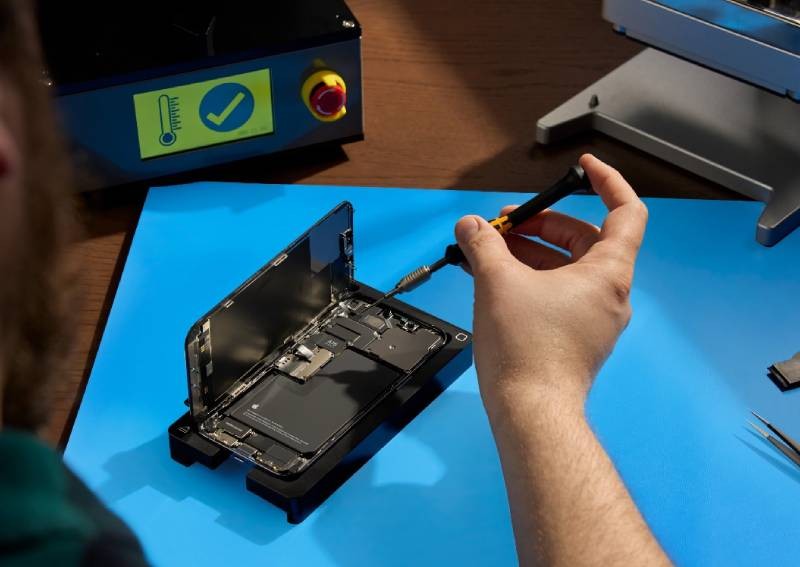With Apple's Self Service Repair programme you can soon fix your own iPhone


Handy with tools and don't want to pay expensive repair prices for your iPhone?
Well, now you can take matters into your own hands (literally), with the launch of Apple's Self Service Repair programme that we first covered last year.
Under this programme, owners of an iPhone 12, 13, and iPhone SE (3rd Gen), can get access to manuals, parts, and tools, to replace damaged displays, batteries, and cameras. Later this year, the programme will be expanded to allow repairs on Apple silicon Macs.
To start the Self Service Repair process, the owner will first review the repair manual for the product they want to repair by visiting support.apple.com/self-service-repair. They can then visit the Apple Self Service Repair Store and order the necessary parts and tools.
All the tools and parts available are the same as those used by Apple's repair network, with parts made available to Self Service customers at the same price as those charged to authorised repair providers. For certain repairs, customers can even receive a credit when returning a replaced part for recycling.
The tools offered through Self Service Repair include torque drivers, repair trays, displays, battery presses, and more. There are also week-long rental tool kits for those who don't want to purchase the tools for a single repair. These rental kits will cost USD$49 (S$67.70).
ALSO READ: Apple springcleans outdated apps from App Store, leaving some developers disgruntled
While this option is now open to iPhone owners, Apple does stress that for the vast majority of customers, "visiting a professional repair provider with certified technicians who use genuine Apple parts is the safest and most reliable way to get a repair."
Apple's Self Service Repair programme is available currently only in the United States and will expand to additional countries — beginning in Europe — later this year.
This article was first published in Hardware Zone.